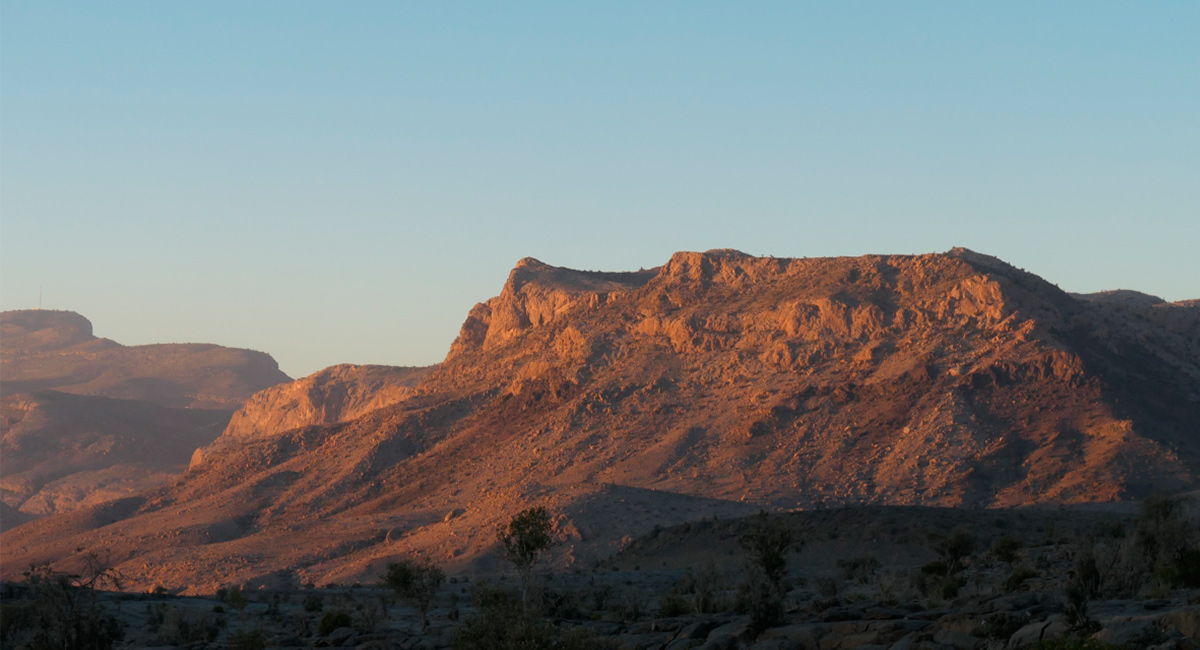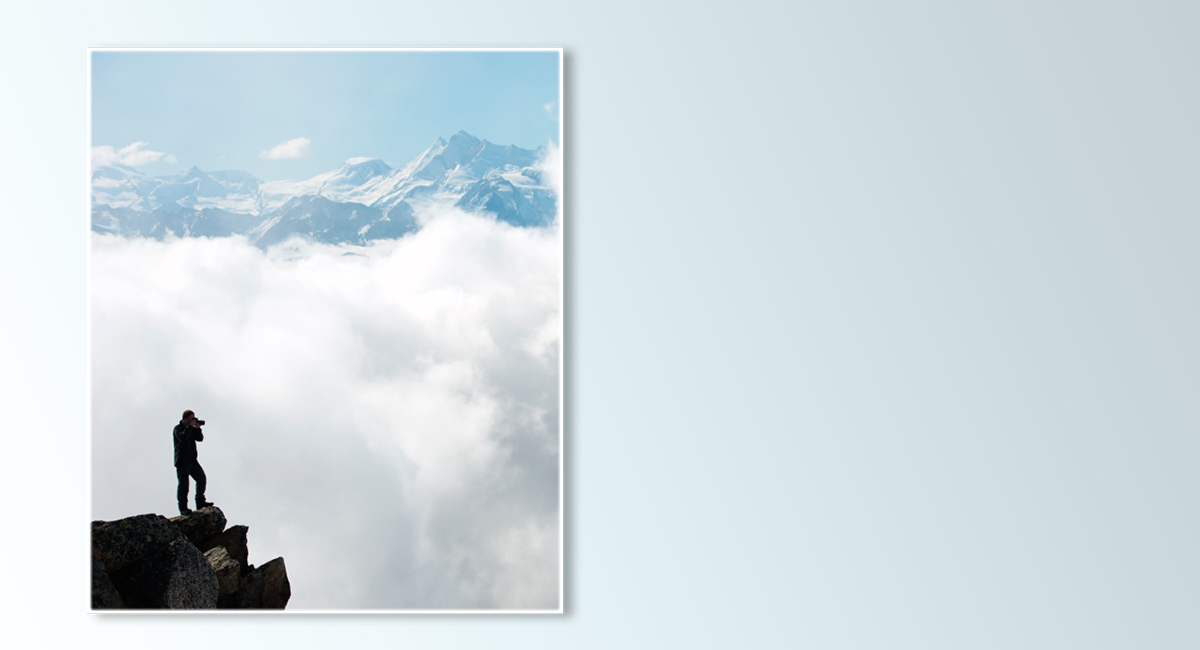Shooting in the Extremities: Adventure Photography
Quite often, photography enthusiasts will engage in hobbies and activities that give them the upper hand in creating exciting and visually unique images, which not everybody would necessarily have the chance to explore. This in itself will mean a slightly different approach to your average 'point and shoot' hobbyist. Extreme circumstances sometimes mean drastic changes in technique and even equipment. Let's have a little look at some examples.

A Quick Look at Sensors
CCD sensor
Used for some years in video and stills cameras, CCD's long offered superior image quality to CMOS sensors, with better dynamic detail and control over noise. To this day they are used in the lower end, cheaper digital cameras, but their higher power consumption and more basic construction have meant that CMOS alternatives have almost entirely replaced them.
CMOS sensors have since progressed to match, or in some cases even exceed, CCD standards. With more functionality built on-chip than CCDs, CMOS sensors can work more efficiently and use up far less energy, meaning a longer battery life for most cameras.
Panasonic is one company among many who are taking full advantage of these sensors in their Lumix range. In both of the circumstances detailed in this article a 20MP CMOS Sensor is a critical component in shooting bursts quickly, efficiently and to super high quality when you need to act fast in extreme conditions.




The Image is Much Brighter in Low Light
With the benefit of the ISO, you can see detail in much dimmer environments where a DSLR would struggle to capture anything. Up the ISO as you would in your darker contexts and in deeper water and instead of estimating as we usually would, you can physically see how the heightened sensitivity of the sensor affects the image.
Instant Results through the EVF
After you take a photo, you see the preview right in the viewfinder without needing to take your face off the viewfinder and look at the LCD, and then go back to the viewfinder for another shot.
If you're thinking of getting out there and getting stuck into the elements with your camera, then hopefully this has shed some light on how to cover your back. Adventure photography can take you all over the world, and it’s best to try to get a camera that can shoot the skies from the mountains whilst also the darks of the depths. Take a look at our new camera the LUMIX DC-FT7 for the ultimate tough camera designed specifically for the adventurous traveller.








